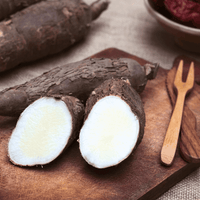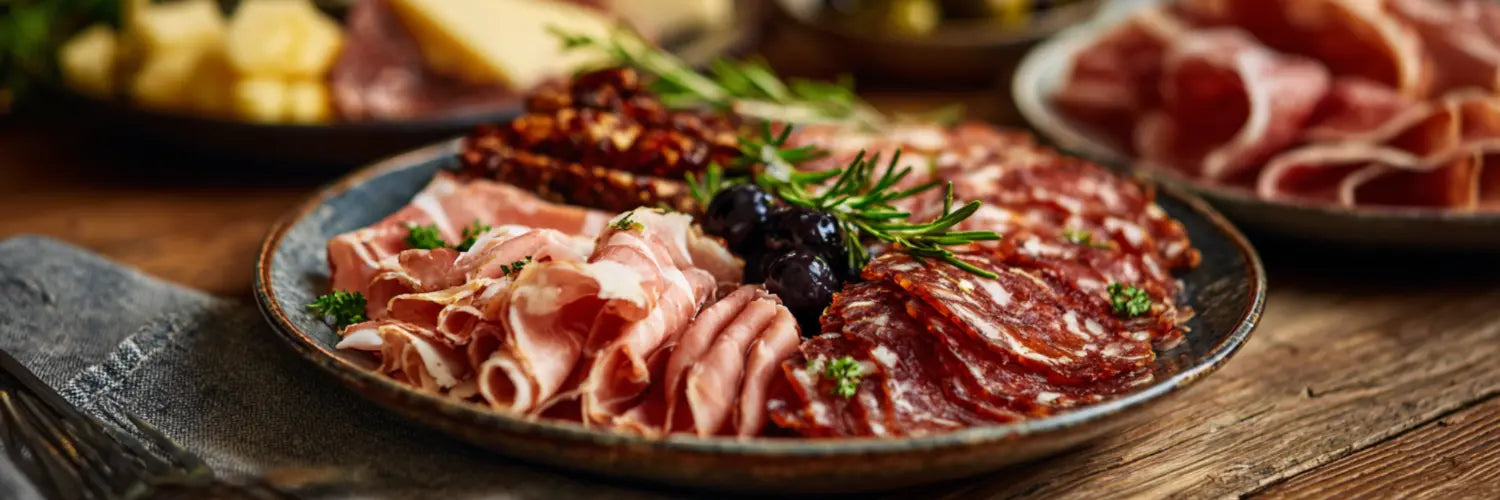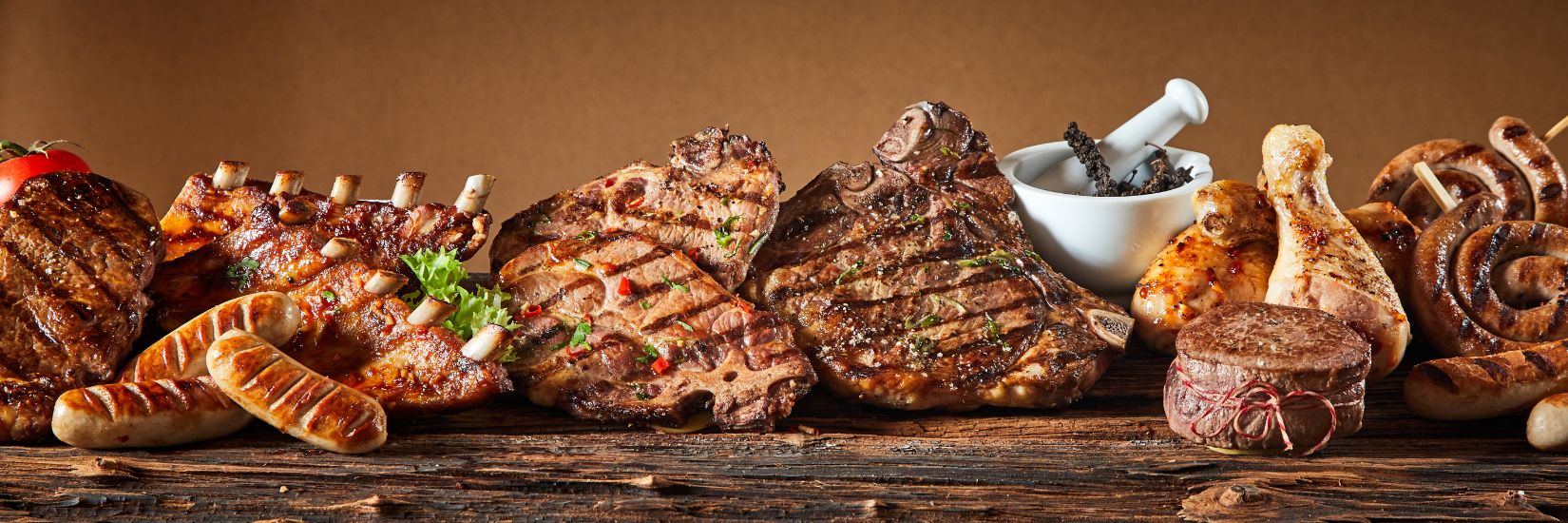
Cassava (each)
£4.86
Cassava (each)
£4.86
 150–200g per person
150–200g per person
Item is in stockOnly 0 left in stockItem is out of stock
Item is unavailable
Free delivery on orders over £50
Chilled food arrives in cool packs
Collect in- store - no delivery charge! Order by 12pm Thurs for Sat pm collection
150–200g per person.
Allergens are highlighted in bold.
Chippenham Unit
The Black Farmer, Unit 10, Bumpers Farm Enterprise, Vincients Road, Chippenham, SN14 6QA
Brixton Store
The Black Farmer Brixton Farmshop. 25-27 Market Row, London SW9 8LD
White City Store
The Black Farmer, Unit 1, 2 Television Centre, 101 Wood Lane, White City, W12 7FR






